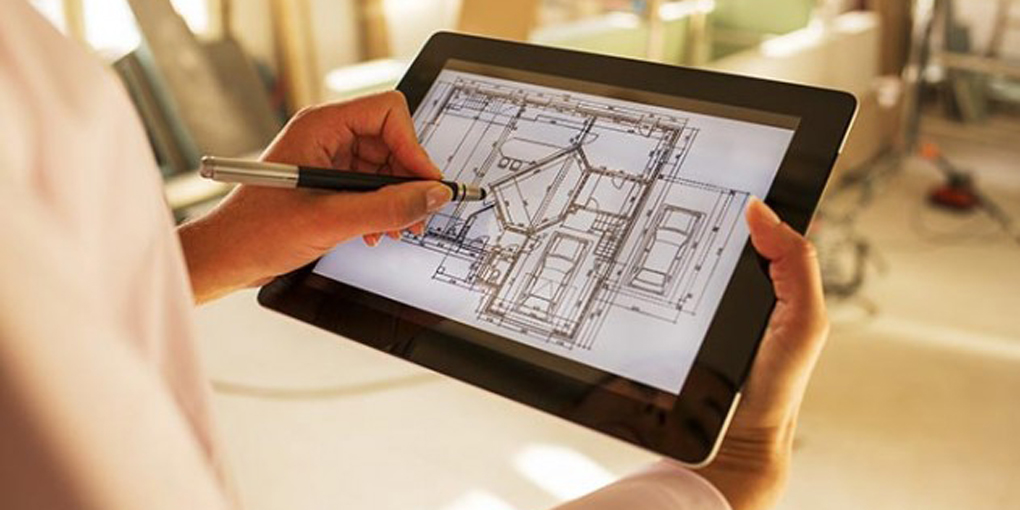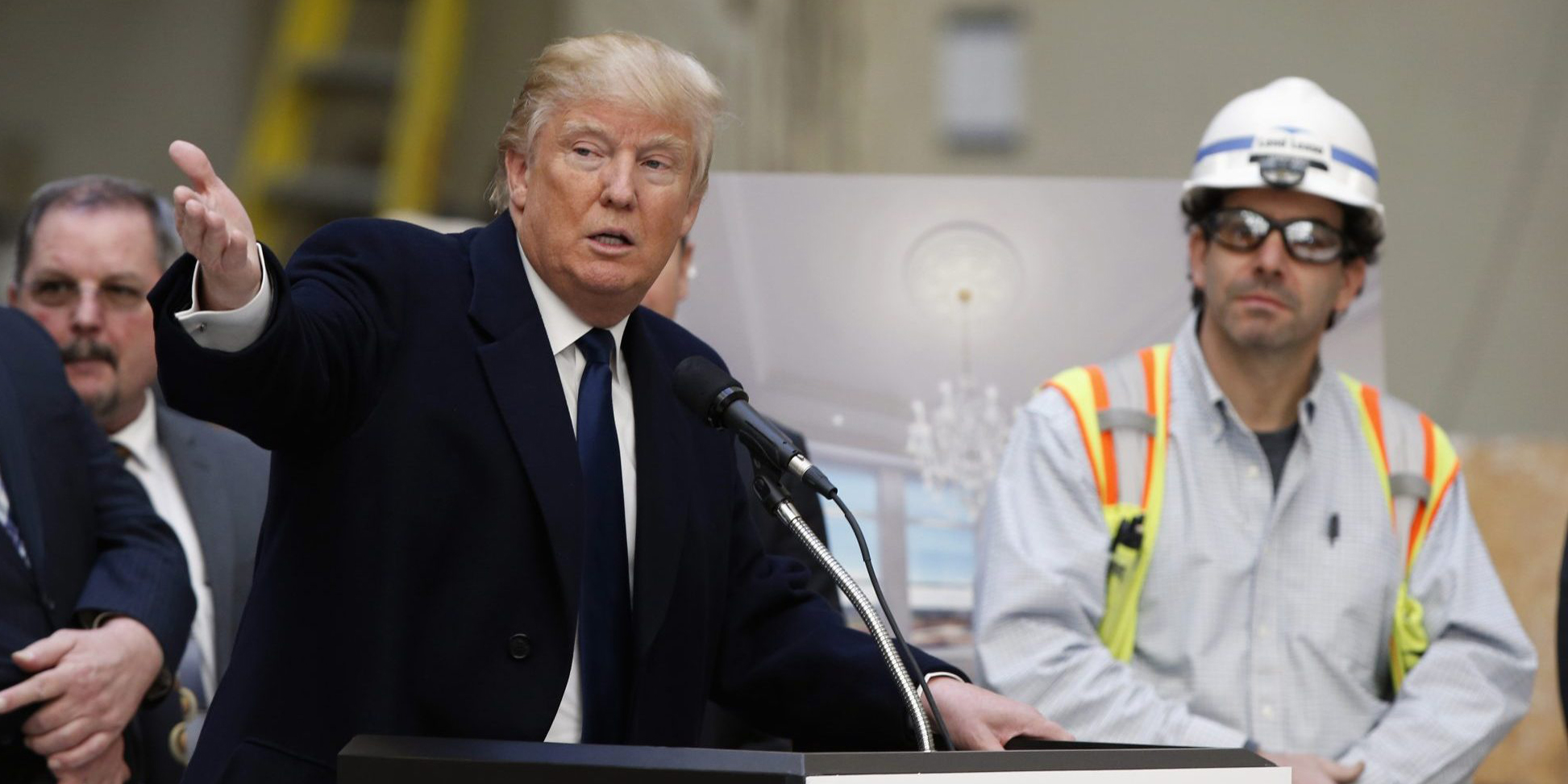Positive and Negative Trends in the Construction Industry
As designers, Beyond Design is constantly looking for new trends over a wide variety of markets. Construction is a market we look to on a grander scale of inspiration and hints to what the future holds for users and consumers. We recently researched the different trends and found an in depth look from the the online publication, Construction Dive. Construction Dive gives their readers comprehensive inside information at the business and the direction it is headed. Below are their findings on 2017 construction trends, both positive and negative.
Positive Trends:
Design-Bid-Build Out, Collaboration In
With the value of construction predicted to increase by 5% this year, the importance of collaboration is predicted to increase as well. Design-bid-build model is proving less effective than a team approach. Taking out the roles of middle men and too many stakeholders will make the construction process run smoother and improve communication.
“Design-build is taking hold. It allows more collaboration and gets you to the completed product much faster,” says Michael Vardaro, the managing partner at Zetlin & De Chiara a leading national construction law firm.
P3s
The U.S. is starting to catch up with P3s, the Public Private Partnership. On the public sector side, P3s involve a government entity hiring a group from the private sector to design, finance and build a large project. That group will then operate and maintain the facility for years before turning it back over to the owner (Peiffer, Emily. “10 Construction Industry Trends to Watch in 2017.” Construction Dive).
Offsite Construction Will Play a Larger Role
Using offsite construction, a manufacturing plant can make individual parts of the project that can be transported to the construction site. This will save time and money and take out variables such as weather. “If you’re fabricating a module in a factory, sometimes it’s easier to maintain quality control. You don’t have to deal with weather,” Vardaro told Construction Dive. 2017 has seen construction companies finally catching up to all the evolving technologies and becoming more proactive.
Smart Technology On Site
We saw at this year’s WWETT Show the use of smart crawlers that make inspections of things like pipes and sewer systems easy to navigate and collect data. Similarly, things like wearables and drones being incorporated into job sites make for a more efficient project.
Negative Trends
The Trump Administration
With the Trump administration making waves throughout every sector and inch of American economy, the construction industry is predicting a negative backlash (despite hefty campaign promises). Prior to the trump presidency, between 2006 and 2011 there were 2.3 million construction jobs cut and since then there has been an even smaller pool of workers. This has in part been due to inefficient technical training and a drop in trade school attendance. As the Trump administration digs into 2017 it is likely that the labor shortage will continue due to the harsh immigration legislation (bulk of labor force coming from other countries) as well as trade conflicts due to the alienation we have seen from the administration to our global neighbors. Because of that there were also be a raise in material prices, making labor and materials overall more expensive and difficult to obtain.
“I worry our industry is going to be so tied to the administration, which is not a status quo administration. I’m fearful of people’s reaction to it. I think it’ll curtail construction in 2018,” said Stuart Meurer, executive vice president and chief operating officer of Windover Construction.
Safety and Accountability
The construction industry is no stranger to the scrutiny of legal and law enforcement. Accidents are still very common and it does not show signs of giving a slap on the wrist to these firms anytime soon. As more and more construction companies are pushing out of their comfort zone regarding technology, they will have to follow suit with safety and accountability. “All firms will face greater scrutiny of accidents, including potential criminal prosecution for workplace injuries that in the past may have been treated solely as traditional accidents,” said Brian Gardner, chairman of Cole Schotz’s Construction Services Department.
For more positive and negative trends and a more in depth look at the industry, please visit Construction Dive and read Emily Peiffer’s full article here.





 Top
Top
